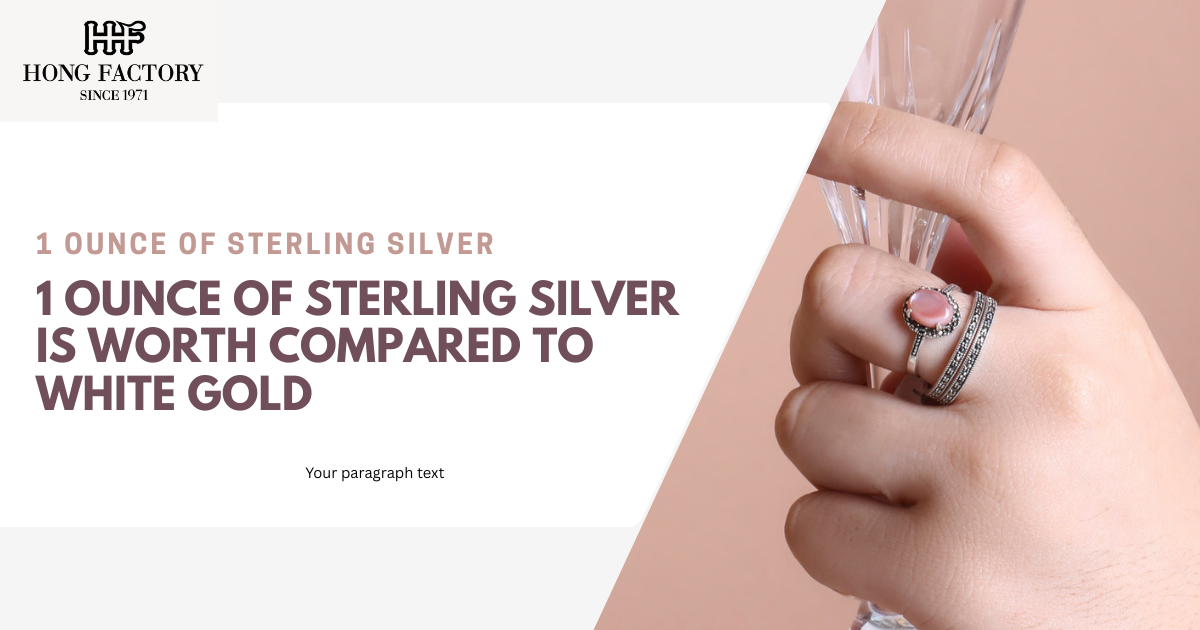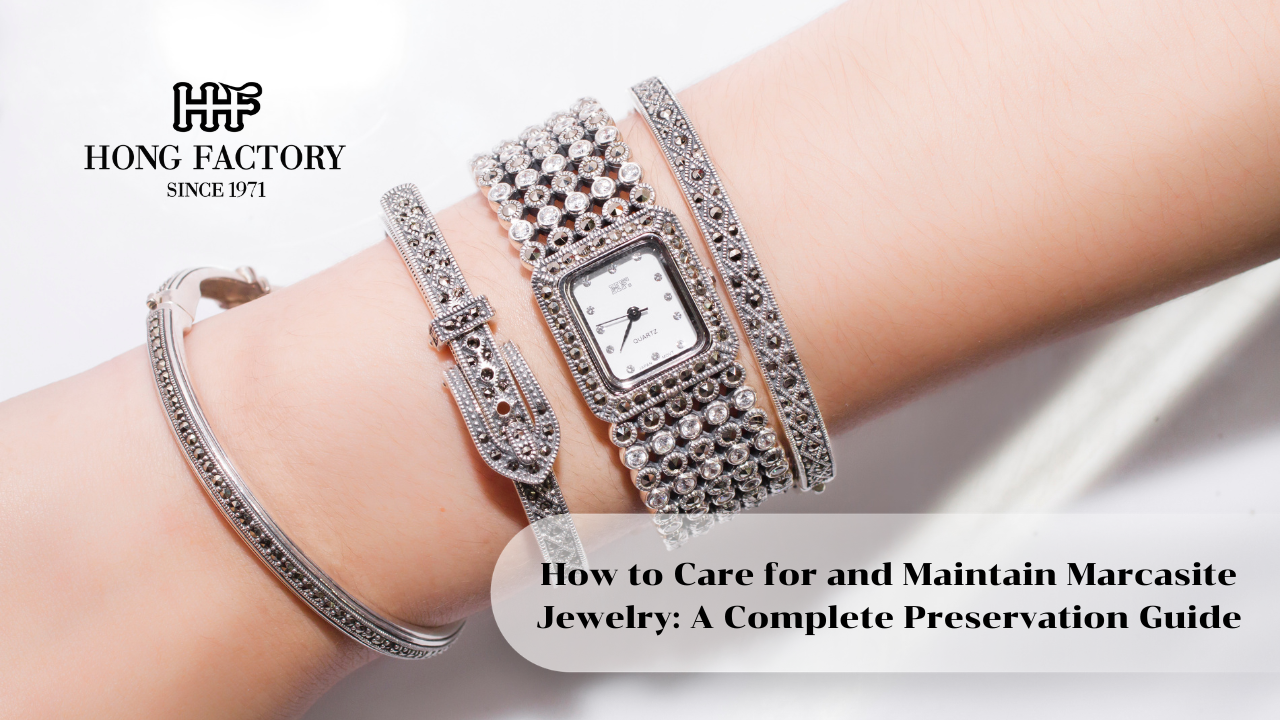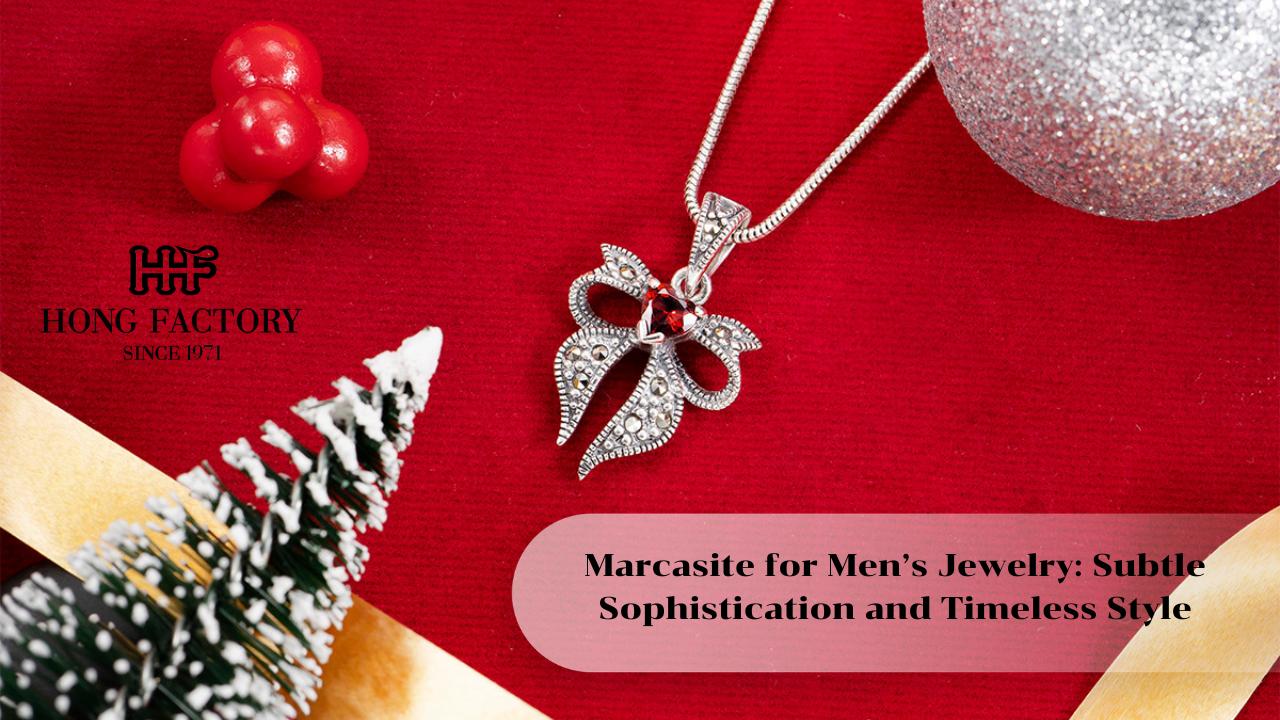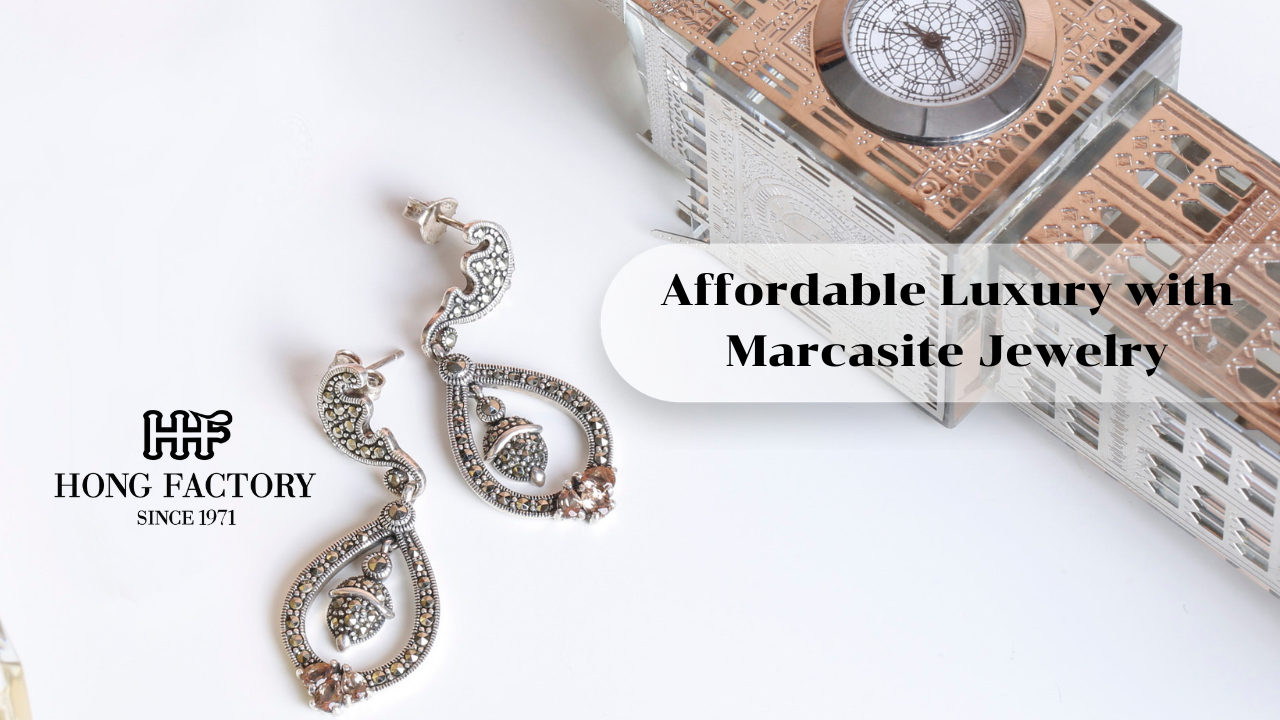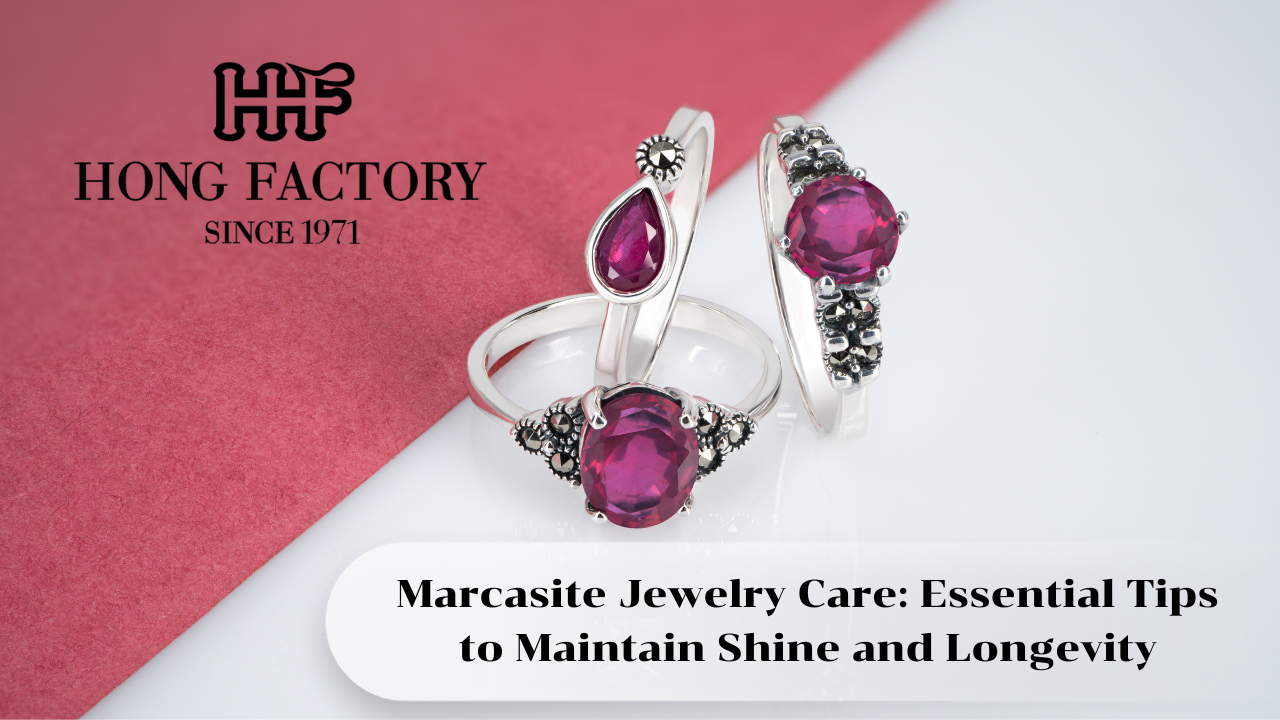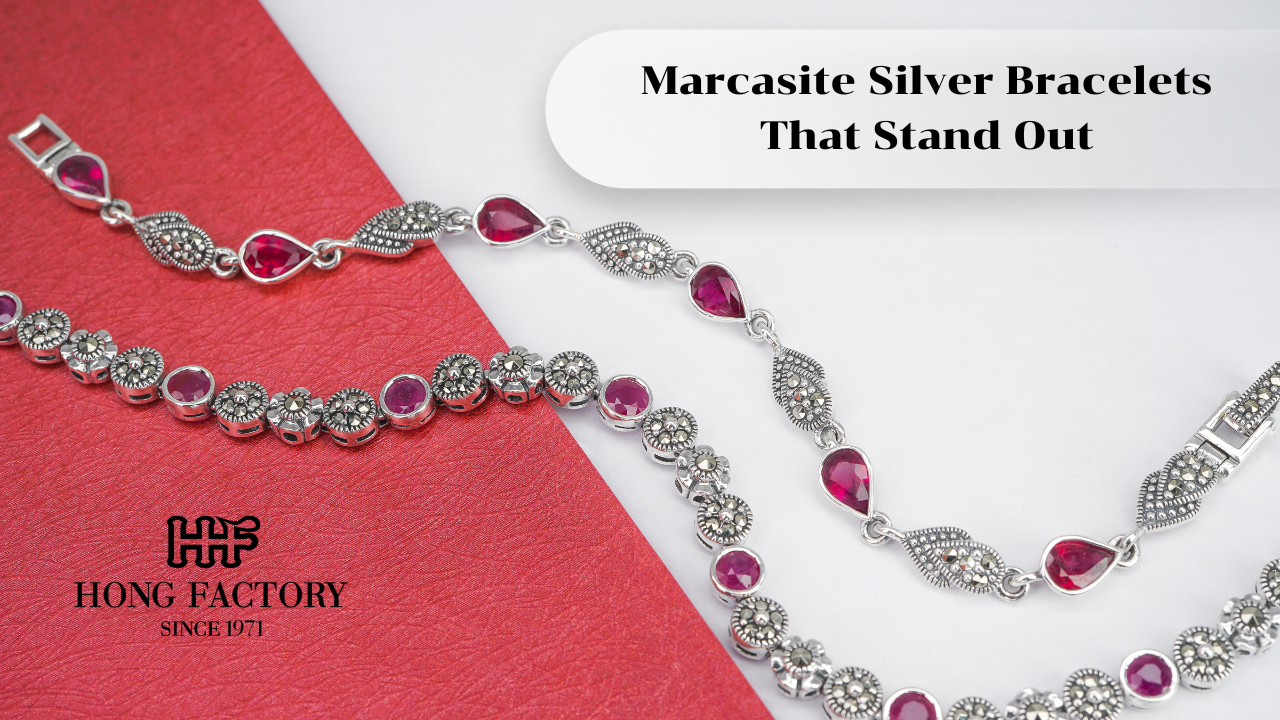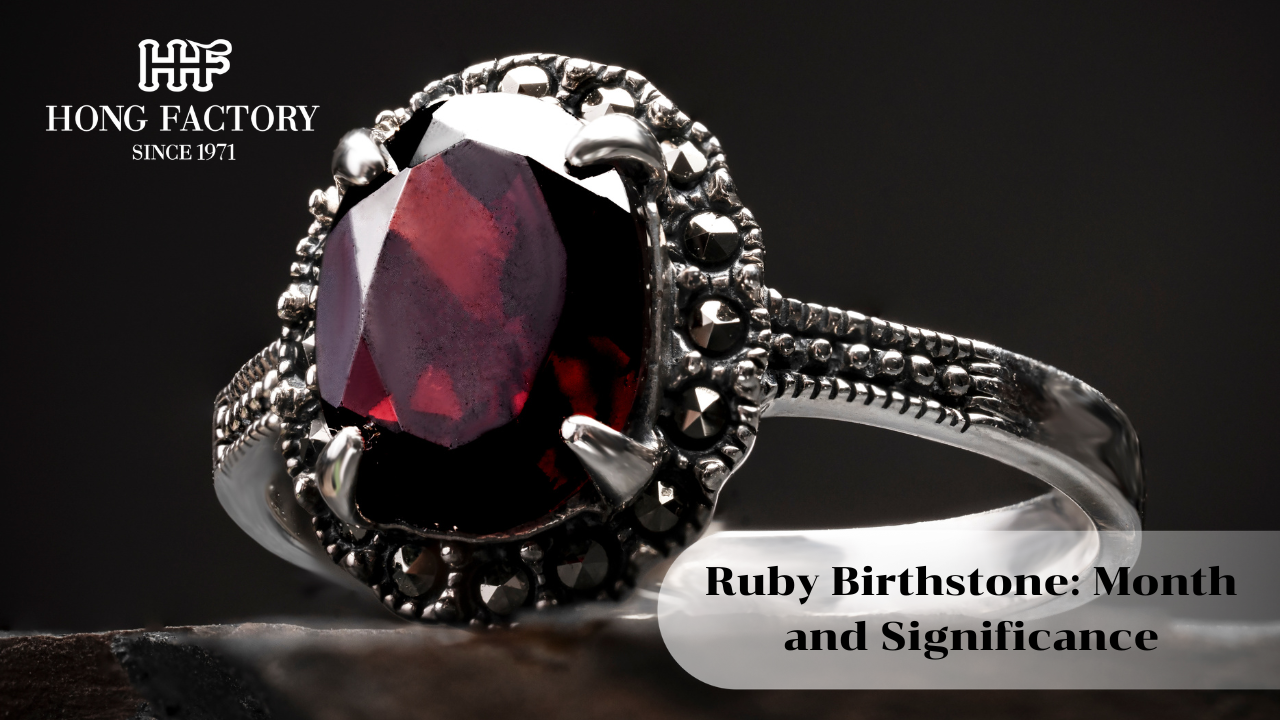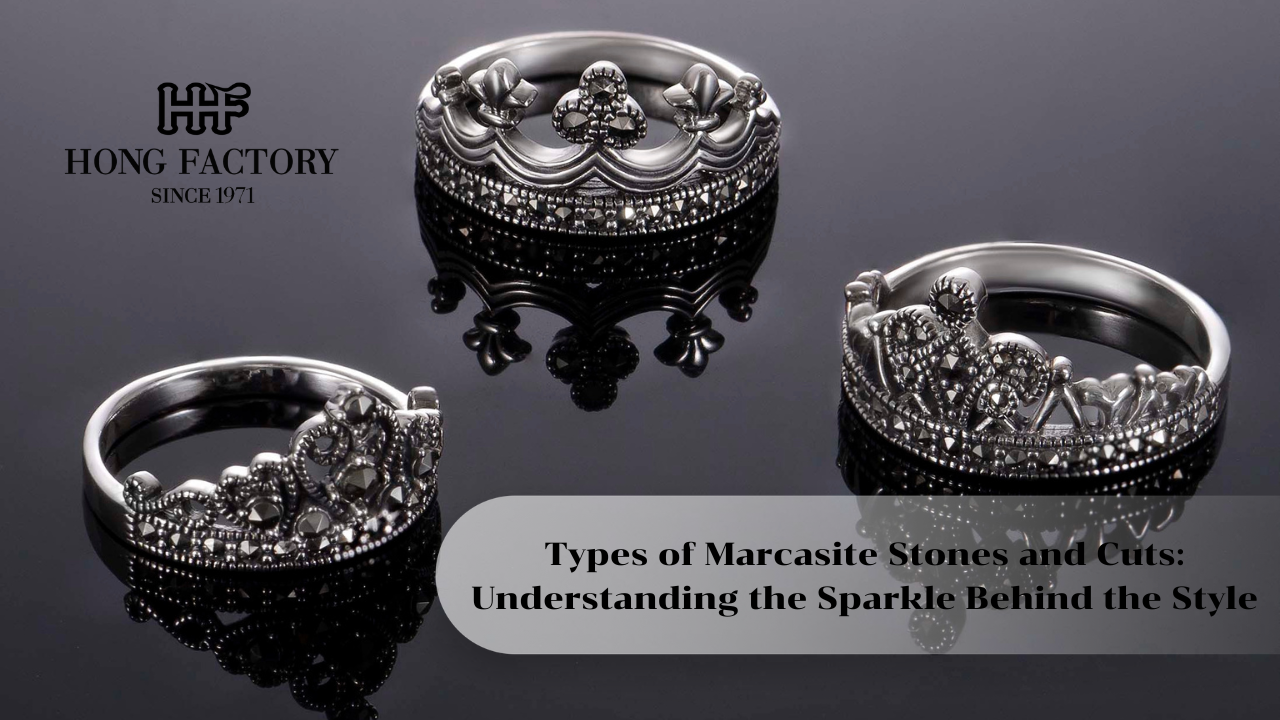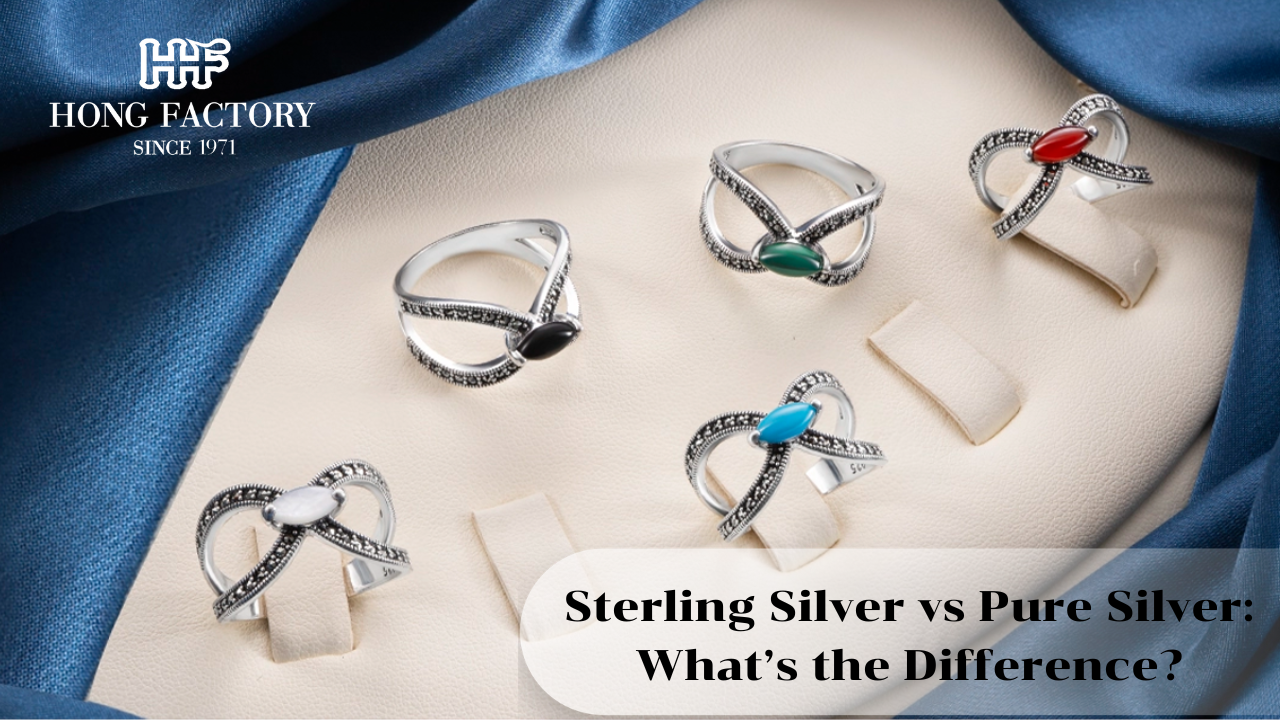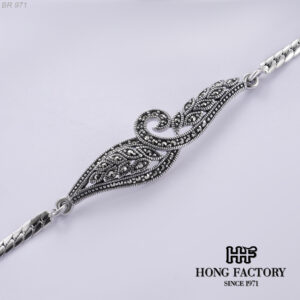
Sterling silver and white gold are two of the most popular metals in the jewelry industry, often admired for their bright, silvery appearance and timeless elegance. However, when it comes to price and long-term value, the two metals differ significantly. This article explores the comparison between 1 ounce of sterling silver and white gold examining their composition, market value, appearance, and role in modern jewelry design. marcasite
What Is Sterling Silver?
Sterling silver is an alloy consisting of 92.5% pure silver and 7.5% copper or other strengthening metals. The “925” hallmark found on authentic pieces certifies this purity standard. Because pure silver is too soft for jewelry, the addition of copper enhances its durability while preserving its signature brilliance.
Sterling silver is cherished for its affordability and ability to be molded into intricate designs. It’s commonly used for rings, earrings, necklaces, and decorative accessories offering a luxurious look at a fraction of the cost of white gold.
1 Ounce of Sterling Silver Compared to White Gold
The price difference between 1 ounce of sterling silver and white gold is substantial due to rarity, production cost, and intrinsic value. As of 2025:
- Sterling Silver (92.5% pure) is valued between $35–$45 per ounce, depending on silver’s global market price.
- White Gold typically a mixture of 75% pure gold and 25% white metals (such as palladium, nickel, or silver) is worth $1,900–$2,400 per ounce, based on the current gold spot price.
This means that one ounce of white gold is roughly 50 times more expensive than one ounce of sterling silver. The price difference highlights gold’s rarity and long-term investment appeal, while silver remains the more accessible option for everyday luxury.
Key Differences Between Sterling Silver and White Gold
Although both metals share a similar appearance, several factors set them apart:
- Composition: Sterling silver is primarily silver, while white gold is made from yellow gold alloyed with white metals and often coated with rhodium for extra shine.
- Color: White gold has a slightly warmer tone, while sterling silver offers a cooler, brighter hue.
- Durability: White gold is more resistant to scratching and tarnishing than silver, though it may require rhodium re-plating over time.
- Price: Silver is far more affordable, making it ideal for fashion jewelry and large statement pieces.
- Maintenance: Sterling silver requires regular polishing to prevent tarnish, whereas white gold maintains its luster longer with periodic re-plating.
These differences make each metal appealing for different customer needs silver for affordability and creativity, white gold for prestige and permanence.
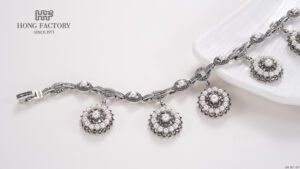
Why White Gold Is More Expensive
White gold’s high value comes from its gold content. Gold is a precious metal with limited supply and strong demand for both investment and luxury goods. Additionally, the process of alloying gold with white metals and finishing it with rhodium plating adds cost.
Moreover, white gold’s long-term durability and reputation as a premium material make it a preferred choice for engagement rings, wedding bands, and fine jewelry collections.
Why Silver Remains Valuable
Even though sterling silver is more common, it holds enduring value because of its versatility and aesthetic appeal. It’s widely used in jewelry, cutlery, and even industrial applications like electronics and solar panels.
Silver’s affordability allows for larger and more creative designs, appealing to buyers who appreciate craftsmanship without breaking their budget. For many artisans, sterling silver remains the perfect balance between artistry and practicality.
Comparing Longevity and Maintenance
- Sterling Silver: Tarnishes over time due to exposure to air and moisture. Regular cleaning and proper storage are essential to maintain its shine.
- White Gold: While it doesn’t tarnish, its rhodium plating can wear off, revealing the yellowish tone of the underlying gold. Re-plating every few years restores its brilliance.
With proper care, both metals can last for decades, but white gold requires less frequent maintenance in everyday wear.
Aesthetic and Design Appeal
Visually, sterling silver and white gold are nearly indistinguishable to the untrained eye. Jewelers often use silver for artistic or trendy designs and white gold for timeless luxury pieces.
Silver’s light weight and lower cost make it ideal for experimental, bold jewelry collections, while white gold’s prestige suits elegant, heirloom-quality designs.
For consumers, the choice often comes down to budget, purpose, and personal preference rather than appearance alone.
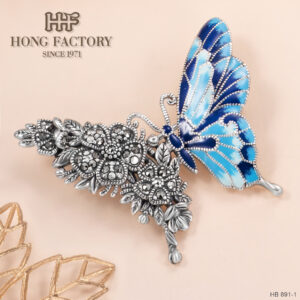
Investment Perspective
From an investment standpoint, white gold containing real gold retains stronger market value over time. Its price correlates closely with the gold market, which tends to rise during inflation or economic instability.
Sterling silver, while valuable, experiences more price fluctuations due to industrial demand. However, because silver’s entry price is low, it remains an attractive option for small investors and jewelry traders.
While 1 ounce of sterling silver is far less expensive than white gold, it offers exceptional value for its price. Silver’s affordability, beauty, and versatility make it perfect for both everyday and statement jewelry, whereas white gold represents timeless luxury and long-term investment.
Ultimately, choosing between sterling silver and white gold depends on individual goals whether you seek elegance on a budget or a high-end piece that symbolizes enduring wealth. Either way, both metals continue to shine as essential pillars of modern jewelry craftsmanship.

